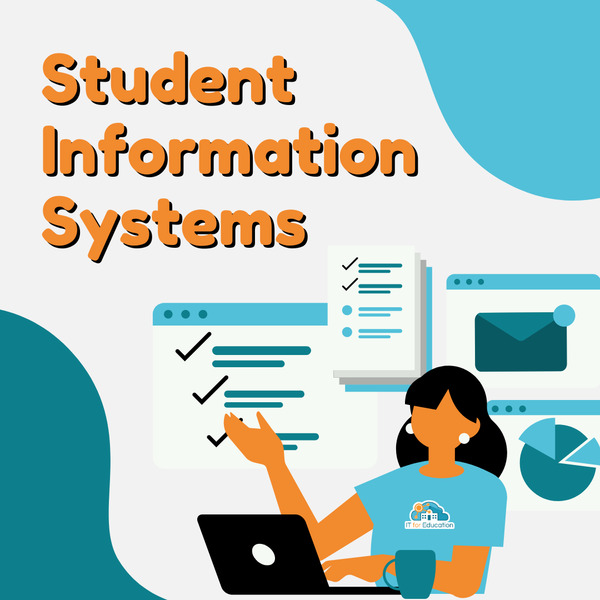
Schools always seek new ways to improve operations, enhance student outcomes, and streamline administrative processes. One significant technological advancement impacting education is the implementation of Student Information Systems (SIS). These systems revolutionize how K-12 schools operate and offer numerous benefits that transform traditional educational practices.
Streamlining Administrative Processes
Automating routine administrative tasks is one of the most immediate impacts of implementing an SIS. Traditional methods of managing student records, attendance, and scheduling are often time-consuming and prone to error. An SIS automates these processes, freeing up valuable time for educators and administrators to focus on more critical tasks, such as improving teaching strategies and student support.
Enhancing Communication
Effective communication between teachers, students, parents, and administrators is crucial for a thriving educational environment. An SIS offers integrated communication tools that facilitate the seamless sharing of information. Features such as automated notifications, messaging systems, and parent portals ensure everyone stays informed and engaged. This enhanced communication fosters a collaborative environment where students can thrive.
Improving Data Accuracy and Accessibility
Maintaining accurate student data is essential for making informed decisions. An SIS provides a centralized platform where all student information is stored and easily accessible. This centralization minimizes errors and ensures that data is up-to-date. Teachers can quickly access student records, track academic progress, and identify areas where intervention may be needed. Parents, too, can stay informed about their child's performance, promoting a transparent and supportive educational experience.
Supporting Data-Driven Decision Making
In the modern educational landscape, data-driven decision-making is critical to improving student outcomes. An SIS provides robust reporting and analytics tools that offer insights into school operations and student performance. Administrators can analyze trends, monitor progress, and identify areas for improvement. This data-driven approach enables schools to allocate resources effectively, tailor interventions, and implement strategies that support student success.
Facilitating Personalized Learning
Every student has unique learning needs and preferences. An SIS allows educators to track individual student performance and customize learning experiences accordingly. By analyzing data on student progress, teachers can develop personalized learning plans that cater to each student's strengths and areas for improvement. This customized approach helps ensure that all students receive the support they need to reach their full potential.
Ensuring Compliance and Reporting
Compliance with educational regulations and standards is a critical aspect of school administration. An SIS helps schools maintain accurate records and generate required reports, ensuring compliance with state and federal guidelines. This capability simplifies the administrative burden and ensures schools can easily meet legal obligations.
Integrating Student Information Systems is revolutionizing how K–12 schools operate. SIS platforms are transforming traditional educational practices by streamlining administrative processes, enhancing communication, improving data accuracy, and supporting data-driven decision-making. As schools continue to embrace these technologies, the focus can shift toward personalized learning and student success.
At IT for Education, we understand the transformative potential of Student Information Systems. Our expertise in implementing and supporting SIS platforms ensures that schools can harness the full benefits of these powerful tools. Contact us today to learn how we can help your school navigate the future of education with confidence and efficiency.

